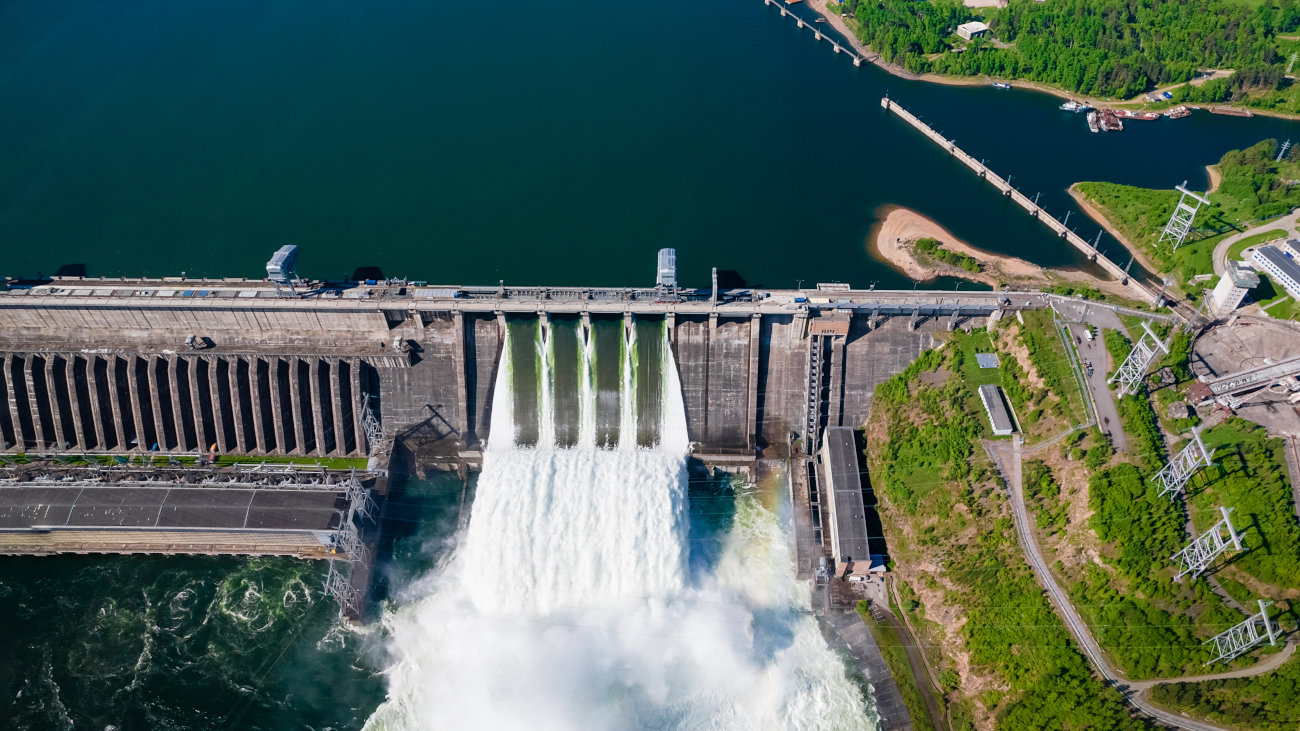The infrastructure cliff: rethinking water system design for a changing climate
Water infrastructure must adapt to shifting climate scenarios and population growth – static design is no longer enough.
Trigger-based planning, AI and real-time data enable assets to evolve with climate thresholds, avoiding costly overdesign.
Plan for adaptable design and evolving operations; this allows infrastructure to be flexible and responsive over time.
Long-term partnerships and policy alignment are key to building climate-resilient water systems across Australia.
Australia’s water infrastructure, much of it built in the 1960s and 70s, is at a critical juncture. Built for a different climate and demographic reality, many systems are now operating beyond their intended design life.
Climate change, population growth and shifting rainfall patterns are exposing vulnerabilities in assets designed decades ago. With climate extremes becoming more frequent, we need a new approach to infrastructure planning – one that embraces uncertainty and builds resilience into both design and operations.
This means moving away from static, scenario-based design toward dynamic, adaptive systems that evolve with climate realities.

Designing for a moving target
Traditional infrastructure design often relies on selecting a single future climate scenario – typically the worst case – and building to withstand it. But this approach is increasingly risky and expensive because climate projections and design guidance evolve over time. By the time a major project moves from concept to delivery, the assumptions it was based on may already be outdated.
Australian Rainfall and Runoff (ARR) guidelines illustrate this challenge. ARR 2016 introduced significant updates, followed by ARR 2019, and further revisions are likely as new research emerges. These updates don’t follow a fixed schedule – they depend on external funding, which can be influenced by government policy. Since 2008, when work on ARR 2016 began, climate change has been a key driver for updates, and the guidelines now include a major premise: if better information becomes available, it should be used.
For long-lived assets, this creates a moving target: a project conceived today may face different climate assumptions by the time it is operational.
Organisations monitoring climate change, both globally and in Australia, have warned that the 1.5°C target has already been missed, turning thresholds once considered distant into present realities. This reinforces the need for adaptive strategies – such as trigger-based design and adaptation pathways – rather than static, one-off solutions.
Action points for climate-resilient infrastructure
To build water systems that can adapt and endure, we recommend the following strategies:
- Embed climate resilience from the outset
Make climate resilience a core design principle, not a peripheral consideration. Long-lived assets must be built to evolve with changing conditions. Frameworks like the Physical Climate Risk Appraisal Methodology (PCRAM) can help build consistent stakeholder support for achieving this to a high standard. - Use real-time data and AI to inform decisions
Digital tools are transforming how cities respond to climate extremes. In Auckland, AI-powered stormwater monitoring systems predict flooding and optimise drainage operations. In Bangkok, smart flood management systems cut flood prediction times from 30 hours to 30 seconds. These technologies enable faster, more informed decisions and improve service continuity. - Plan for different climate scenarios at different points in the future
Adaptive planning should account for near-, mid- and long-term conditions, enabling staged investment. This means the ultimate upgrade or expansion doesn’t need to happen on day one; instead, infrastructure can evolve progressively as triggers are met and new data emerges. Staging also reduces upfront costs while maintaining flexibility to respond to changing climate realities. - Adopt trigger-based design
Design infrastructure to respond dynamically to climate thresholds using adaptation pathways – a structured approach that plans for multiple futures and defines actions triggered by specific conditions. For example, reaching 2°C of warming could trigger design reviews or operational changes. Queensland’s dam safety guidelines already require action when global warming thresholds are met, and NSW mandates reviews when risk assessment methodologies change. Embedding adaptation pathways into planning ensures infrastructure can evolve progressively, rather than relying on static assumptions, and is emerging as best practice across Australia and internationally (e.g., PAS 3090 in the UK). - Design for longevity; manage for change
Build infrastructure with long-term adaptability in mind, while allowing operational strategies to evolve as new data and technologies emerge. This approach enables dynamic risk management and ensures assets remain resilient over time, rather than locking systems into static assumptions. - Build flexibility into physical design
Designs with built-in flexibility make it easier to accommodate future changes without compromising performance or safety. This is especially important for assets that are difficult or costly to upgrade. - Make adaptation continuous
Embed monitoring and review mechanisms into operational contracts and risk registers. Move away from static “design-and-forget" models and toward dynamic frameworks that anticipate multiple future scenarios.
Where to from here?
Climate extremes are already testing our systems. Extreme weather events like the Black Summer bushfires and severe floods and drought have exposed vulnerabilities in Australia’s water infrastructure. Static design is no longer enough. By embracing adaptive systems, trigger-based planning and long-term partnerships, we can embed flexibility into both infrastructure and decision-making frameworks.
This requires collaboration across disciplines and jurisdictions, and a shift from once-off consulting to partnership-based models, where technical advisors work closely with asset owners over time to monitor risks and adapt strategies.
Australia’s fragmented regulatory landscape complicates infrastructure planning. While the Australian National Committee on Large Dams (ANCOLD) provides guidelines for dam safety management throughout Australia, standards vary across states, leading to inconsistent resilience. Bridging the gap between policy and engineering is essential to deliver water infrastructure that is technically sound and future-ready.
If we act now, we can transform the infrastructure cliff into a platform for innovation, safeguarding communities and water services for generations to come.
Subscribe for exclusive updates
Receive our expert insights on issues that transform business, increase sustainability and improve lives.



